Alright – so today we’ve got the honor of introducing you to Jake Louzon-Hadley. We think you’ll enjoy our conversation, we’ve shared it below.
Hi Jake, thanks for joining us today. How did you learn to do what you do? Knowing what you know now, what could you have done to speed up your learning process? What skills do you think were most essential? What obstacles stood in the way of learning more?
When I decided to start tattooing, I had been going to a smaller, more contemporary (weirder) shop in my area. I made friends with some of the artists there and would pick their brains about the practice whenever I had the chance. Eventually, I decided it was time to get a machine and start practicing on myself. Thankfully, there was plenty of interest from my friends, which gave me more opportunity to learn and grow.
Knowing what I know now, I wish I had taken the opportunity to learn more from some of the more experienced yet intimidating artists I was getting tattooed by at the time. Their knowledge and understanding would have been beneficial in many ways. I learn best by directly working one-on-one with people in the field, but I could have been more diligent about utilizing other resources like YouTube and forums. It can be hard to know where to look for good resources when you’re starting out, and a lot of the information has been guarded by older, more traditional tattooers.
I think the most essential skill or knowledge is hygiene and sanitation. You are injecting a foreign object into the body, so it is incredibly important to make sure you are going about it in a clean way. Avoiding cross-contamination is necessary to ensure the safety of those you are working with, which requires a great deal of mindfulness, especially when just starting out. You really have to think about the way and order in which you approach everything, from prep to clean-up.
I started practicing in the summer of 2019. When the pandemic hit, I lost the opportunity to work with and learn from a few really talented artists. I kept on practicing on myself and friends, but I know working with someone with years of experience would have helped me grow much faster.
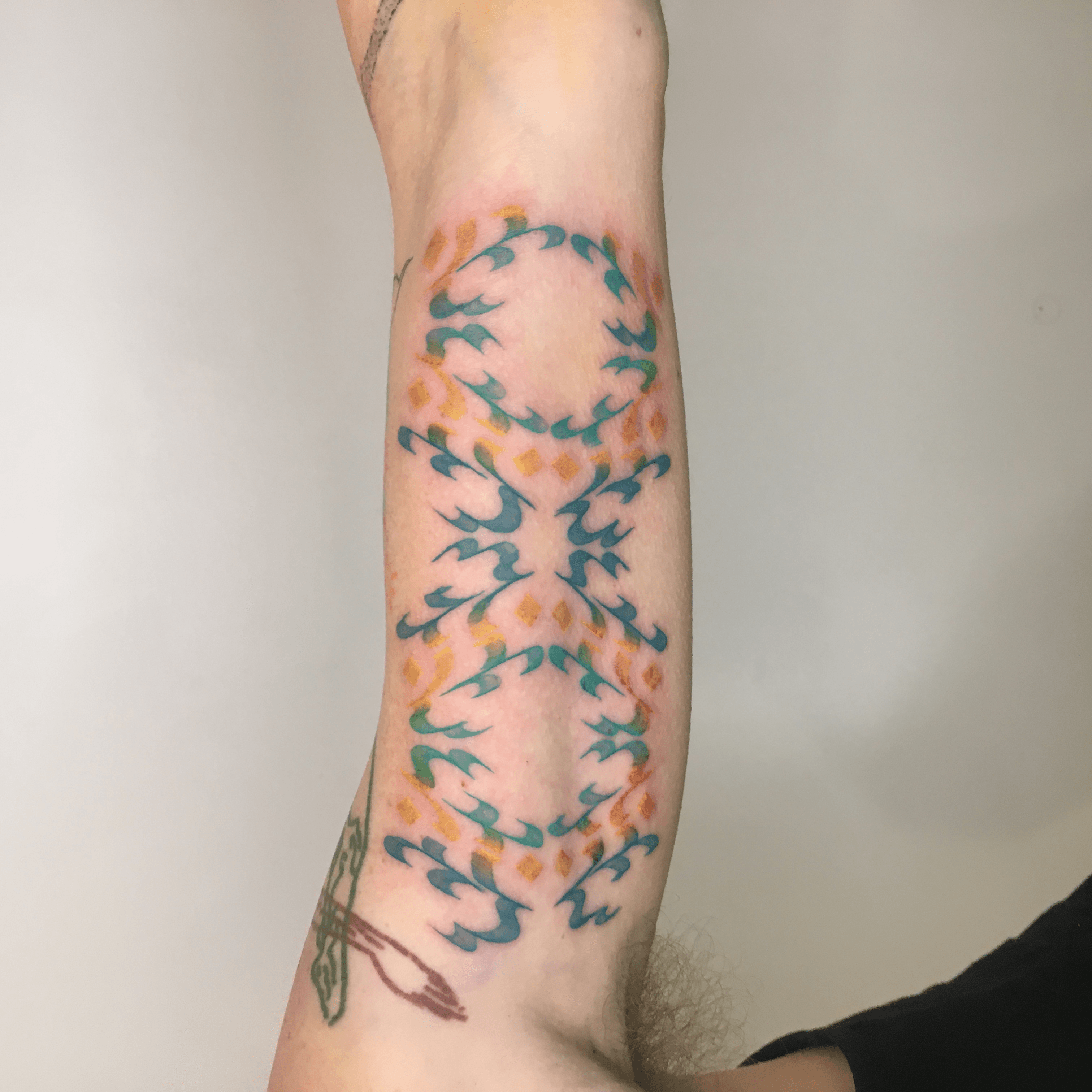
As always, we appreciate you sharing your insights and we’ve got a few more questions for you, but before we get to all of that can you take a minute to introduce yourself and give our readers some of your back background and context?
Every since I was a kid, I’ve loved to draw. I never really took it too seriously, mostly just doodling but doing it where ever I could. I had always been interested in tattooing, but due to my lack of discipline, I never even considered pursuing it. I thought that if I couldn’t draw in any style, I would never be able to make it in the industry. While I was growing up, that was definitely the case. When I got my first few tattoo, the atmosphere and attitude in all the shops I went to was a real turn off. Most tattoo shops, at the time, had the reputation of being intimidating and not always the most accommodating. It wasn’t until I started getting tattoos from more underground and clandestine artists that it even occurred to me that I might have a place amongst them. The styles and approach to tattooing started changing significantly in the 2010’s and by the time I started really paying attention, it dawned on me that I just needed to get a machine. I took every opportunity I could, talking to anyone and everyone I knew who tattooed. The friends and acquaintances I went to were incredibly patient with me and it is something I try to pay forward when it comes to all people that come to me interested in tattooing.
I’m very grateful for what I get to do. It seems that the majority of the people I work with are reclaiming their bodies in some way or another. So many of us do not feel comfortable in our own skin. Tattoos can help people embrace their bodies, beautifying something they previously had a hard time accepting. Not everyone wants to modify their bodies in the same way, so keeping an open mind is essential. I try to approach every session as a collaboration between myself and the person getting tattooed. If people want something modified or want placement that other artists might argue against, I do my best to accommodate. I’ve found that working with people in this way usually leaves them with something more special and meaningful.
Beyond my approach to tattooing, I think the styles I offer are very fun and fairly unique. Although I am essentially what is referred to as a “scratcher” (self-taught), I feel confident in my abilities with the amount of time I’ve been practicing. My art style can be a little all over the place, which is a fair reflection of my very A.D.D. self. One of the styles I offer, which I don’t see many other tattooers out there doing, is often referred to as mag-drag. It is essentially calligraphy, using a shading needle with a flat tip to make lines of smooth, varying thickness. Most of what I end up doing in this style is pretty abstract—looking good in both solid black or with a fun color palette.
I hope that this helps getting tattooed feel a lot less daunting. Tattoos are for anyone who wants them, and they can be pretty much anywhere or any way you want them (within reason). It’s your body; change how YOU like!
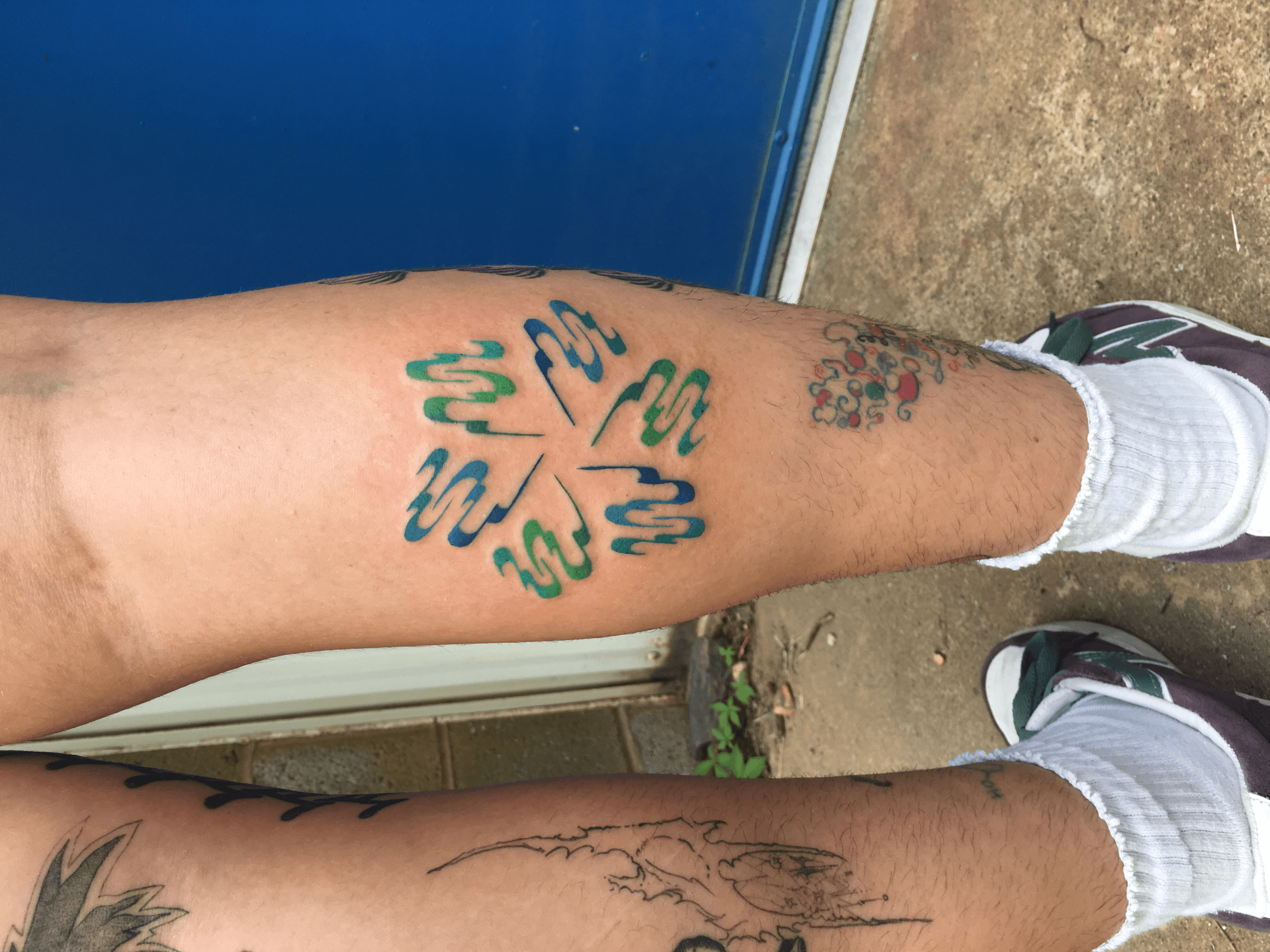
What’s the most rewarding aspect of being a creative in your experience?
It’s hard to pick just one! Pursuing art has been the most exhausting yet rewarding thing I have ever done. The enthusiasm and joy people get from getting my work on their bodies is so gratifying. Because I am putting a little piece of myself into everything I offer, it brings so many people with similar interests into my life—something that no other job has provided. Not only do I get to connect with an amazing clientele, I also get to talk to so many other artists. As someone who has always struggled with connection and community, I think that aspect might be one of the most rewarding to me.
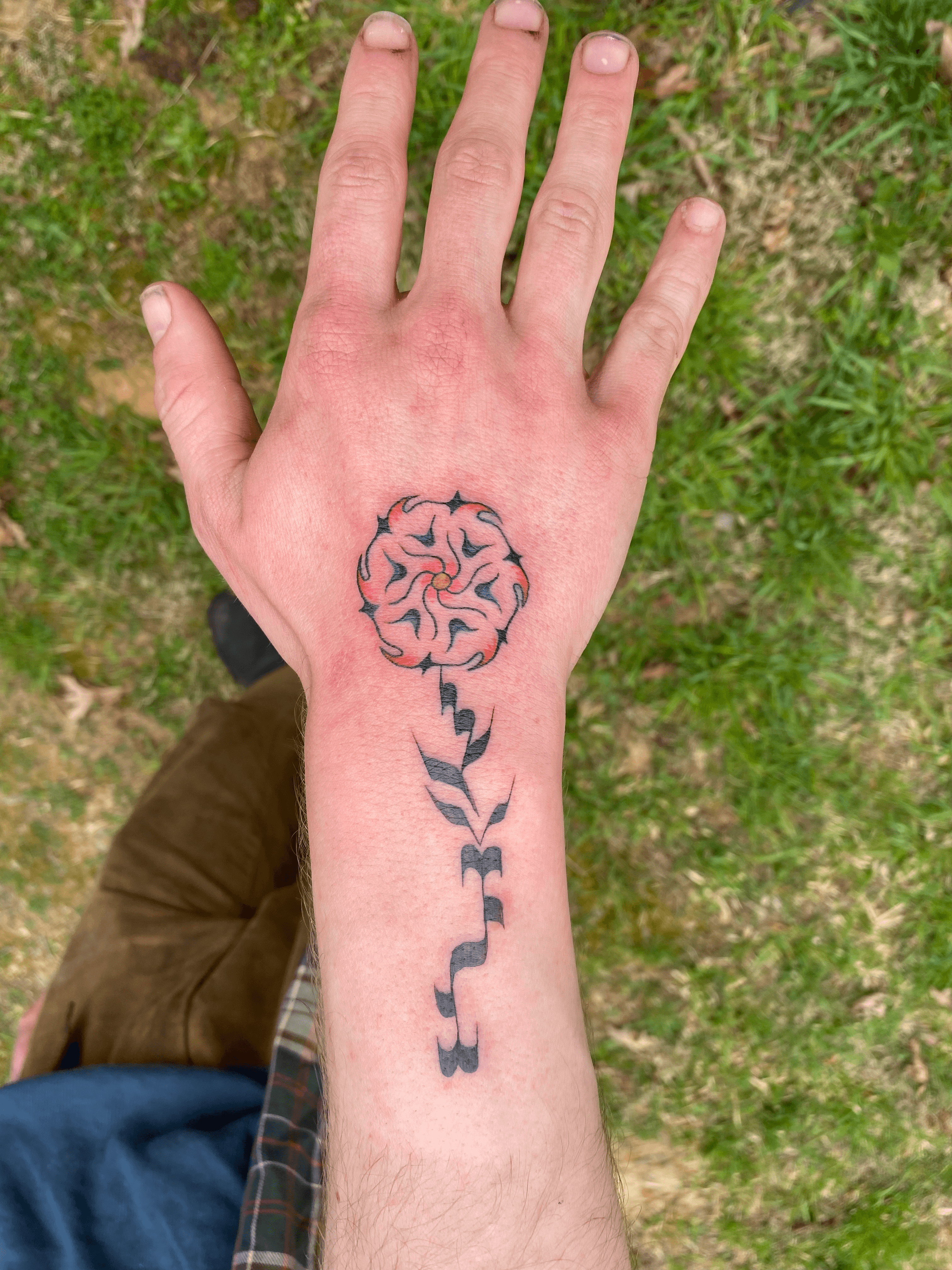
How did you build your audience on social media?
I started out posting everything I tattooed, even if it wasn’t something I was that enthusiastic about. I think this was helpful in the beginning because it gave me more opportunity to practice, learn, and grow. Once I started feeling more comfortable and confident, I started focusing more on the projects I was passionate about. This is important because it allowed me to start to define and refine myself as an artist. Having more defined aesthetics or styles will help grow the right audience. Your catalog of work not only shows your abilities but what you’re willing to do as well. If you don’t want to continue doing something, don’t advertise it!
Sharing other people’s work and digitally networking was also very important. When I was a little bit more established, I started reaching out to other artists and sharing their work. Eventually, I just became another artist whose work was getting shared.
I would like to say that things have changed significantly since I started. Gaining and growing an audience feels like an uphill battle more than it ever has. What worked for me in the past might not work for everyone now, but I still believe those things mentioned do help.
Contact Info:
- Instagram: @_sashimi__dream
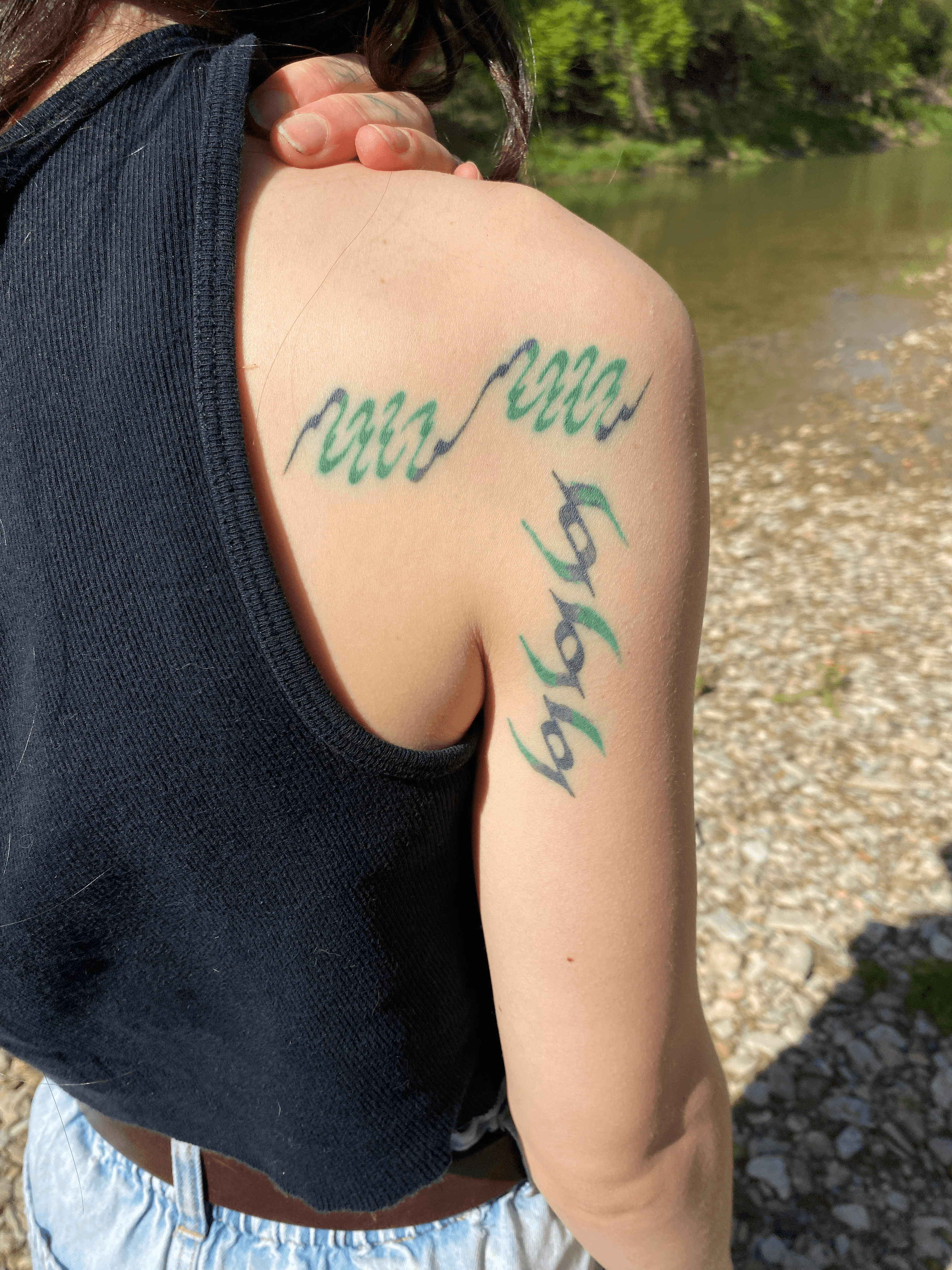
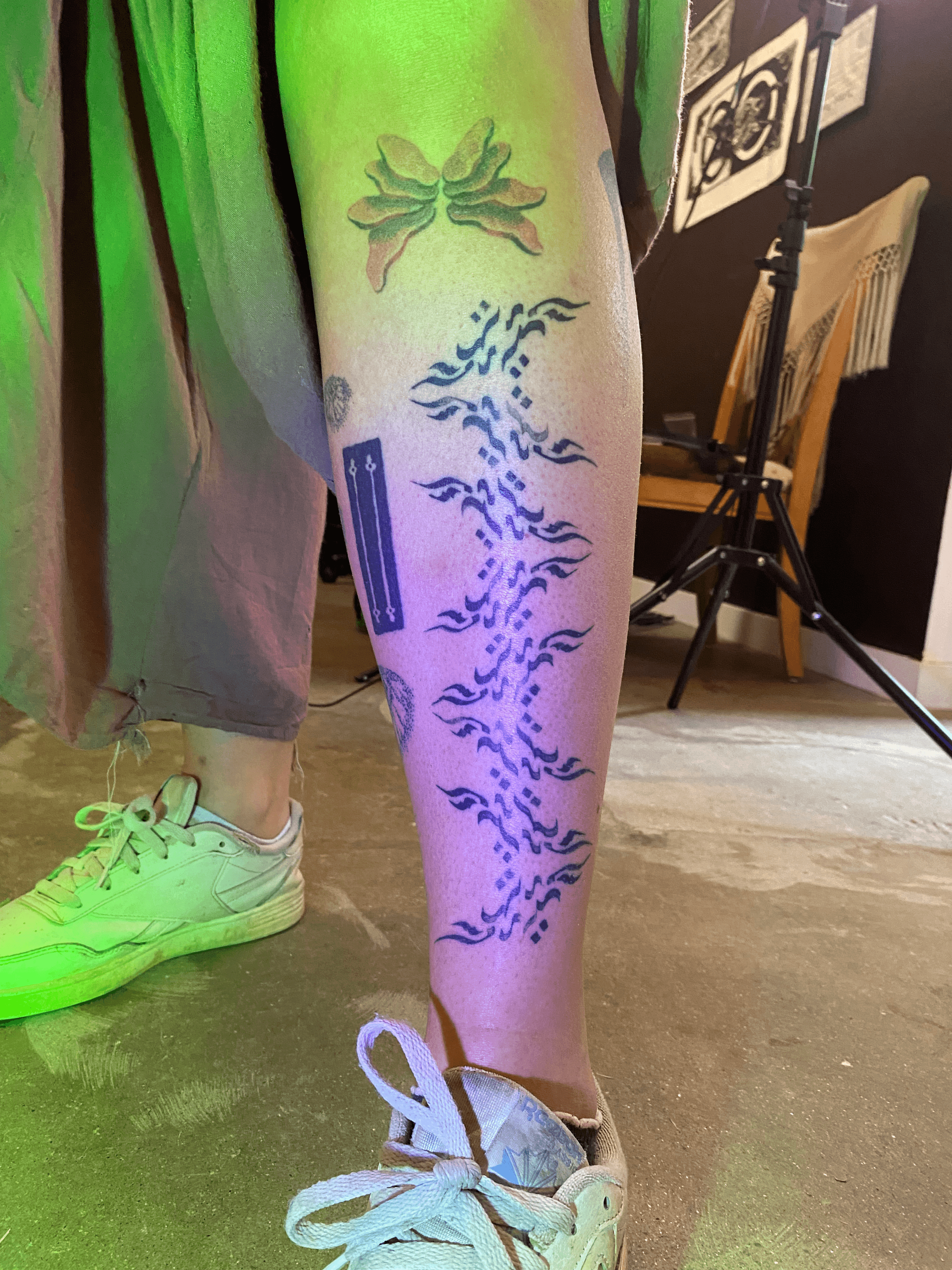
Image Credits
Portrait by Lauren Collins
All tattoo images taken by me (Jake Louzon-Hadley)


